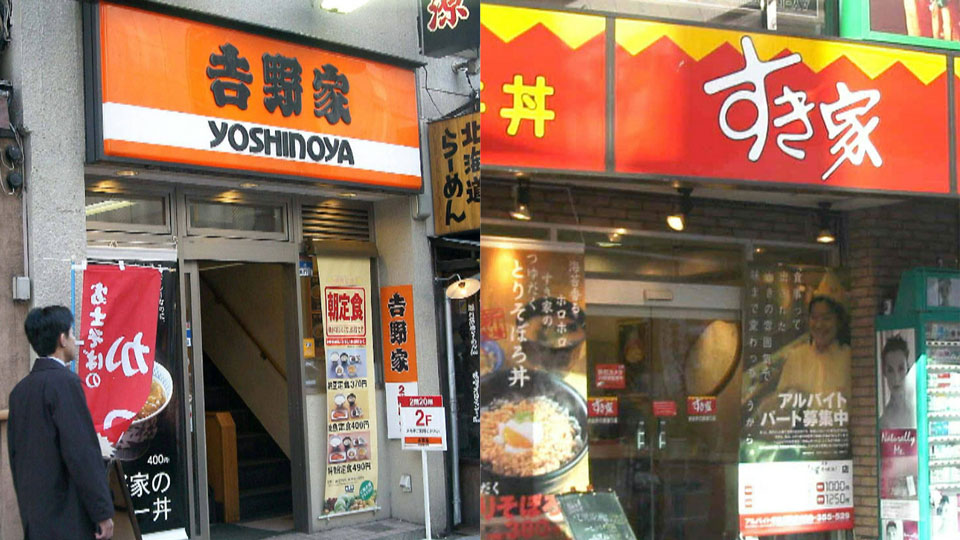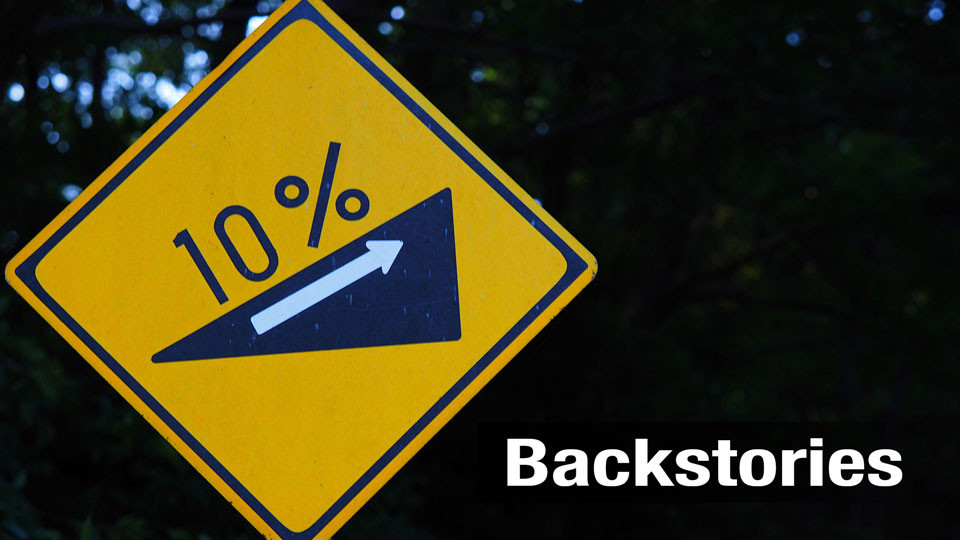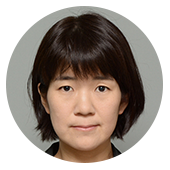Path to hike
Japan's major political parties agreed they would raise the tax to 8 percent in 2014, before increasing it further to 10 percent a year later. The aim was to cover the ballooning cost of the country's social security system.
The administration of Prime Minister Shinzo Abe applied the first hike as planned. But Abe twice decided to postpone the hike to 10 percent, first pushing it back to April 2017, and then to October 2019. He said the priority was to lift the country out of deflation.
Take out or eat in?
The Japanese government is preparing various measures to mitigate the negative impact of the tax hike. The government will keep the rate at 8 percent for food and beverages, excluding alcoholic drinks and meals at restaurants. Also, different rates will apply for the same food, depending on whether you choose to eat in, take out, or have it delivered. To understand the measure, the place you eat is the key.
If you buy a boxed lunch at a convenience store and eat it at a table in the shop, the tax rate is 10 percent. But it's 8 percent if you eat it outside the store, even if you're just sitting on the wall outside.
After dinner, you go back to your hotel and decide to have some green tea before hitting the hay. Call room service and the tea will be levied at 10 percent. Drink the bottled tea in the minibar and that's technically takeout with 8 percent tax.
Many retailers are saying the changes are too complicated and hard to understand. Among Japan's popular “gyudon,” or beef bowl restaurants, Sukiya and Matsuya decided to charge the same after-tax prices for take-out foods and for those to be consumed in-store. On the other hand, rival Yoshinoya plans to have different after-tax prices for the two categories.

Reward points system
The government will also introduce a reward points system for consumers making cashless payments with credit cards or electronic payments at small and mid-size retailers and restaurants. The points can be redeemed for future purchases. The move is aimed at encouraging people to keep spending, even after the tax hike.
But this system is also complicated, as different rates for reward points will be applied depending on whether the store is a chain retailer or not. Stores will need to purchase terminals to handle cashless payments, leading some to point out that smaller businesses will find it more difficult to implement the points system.
Tax offices across the country are holding sessions for businesses to explain the tax hike and related measures. However, with less than a week before it comes in, it remains unclear whether these measures are enough to address the confusion and concern around Japan's new tax rate.


